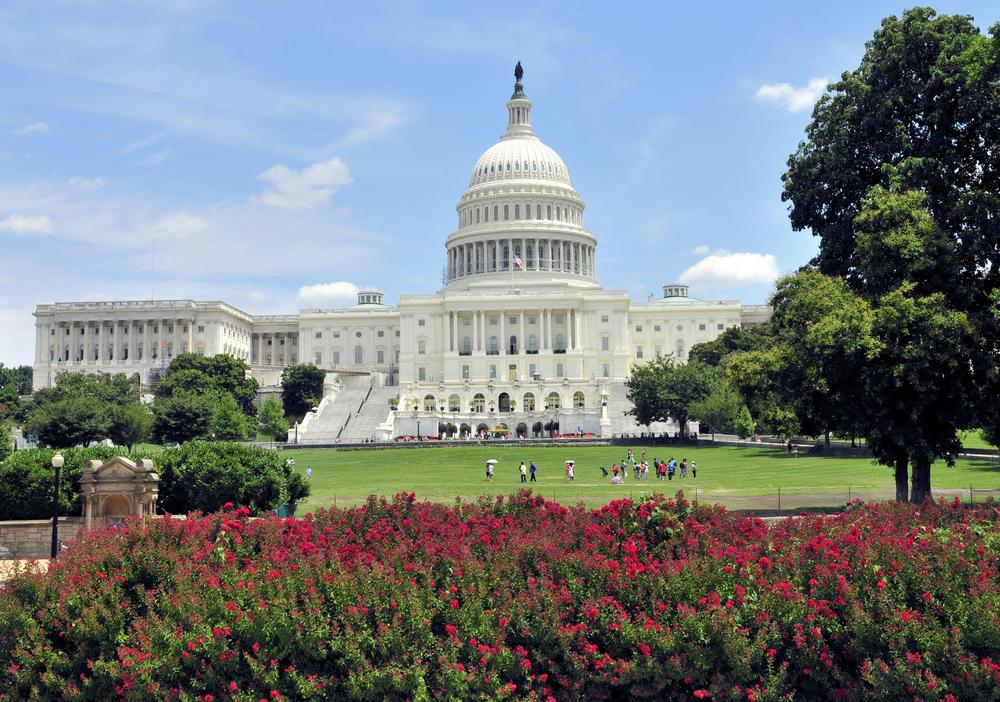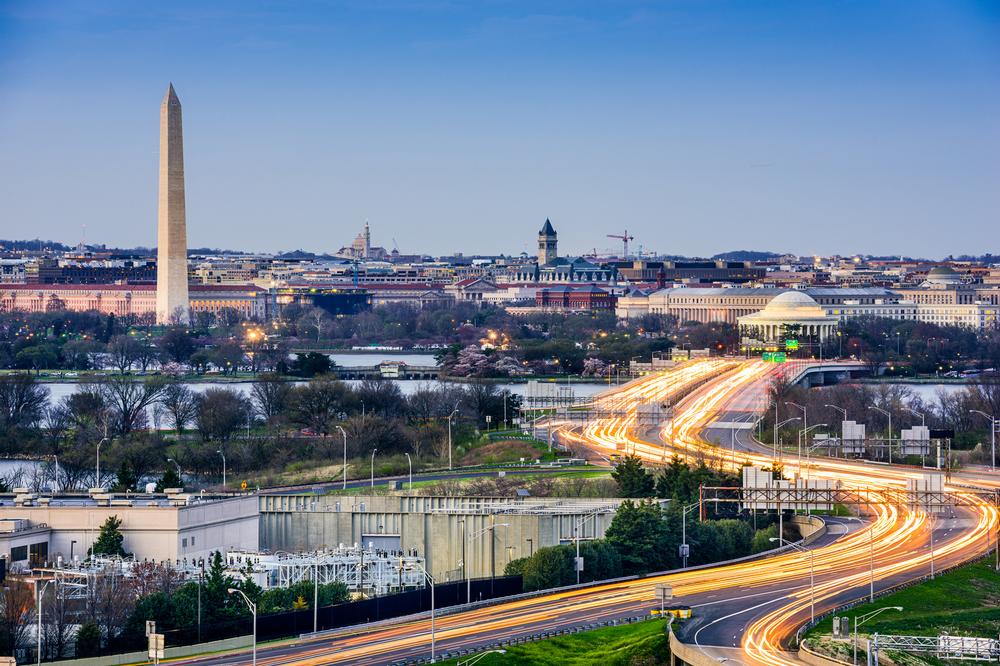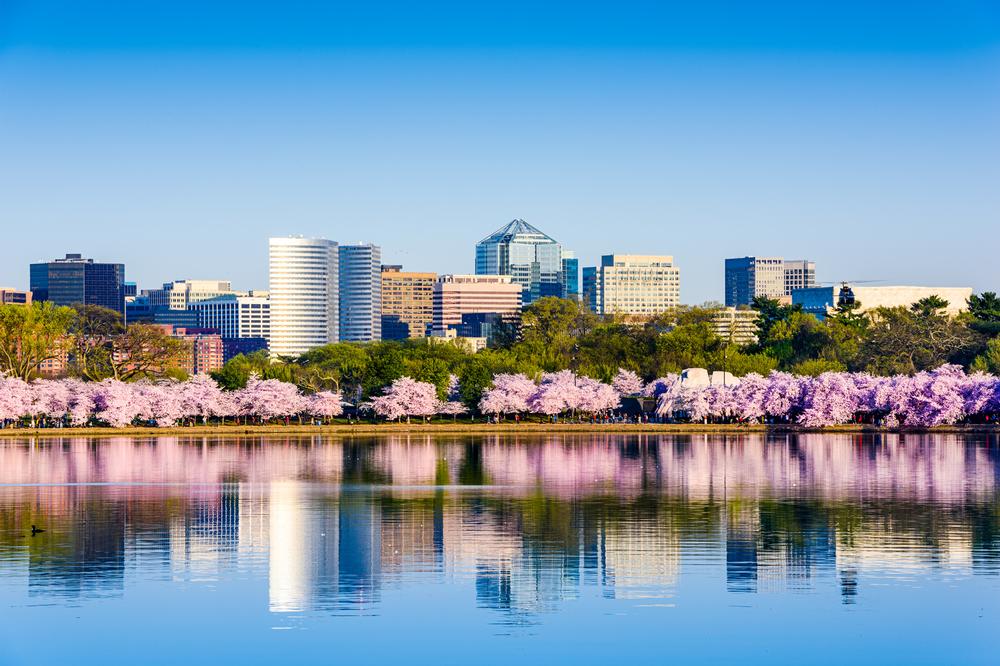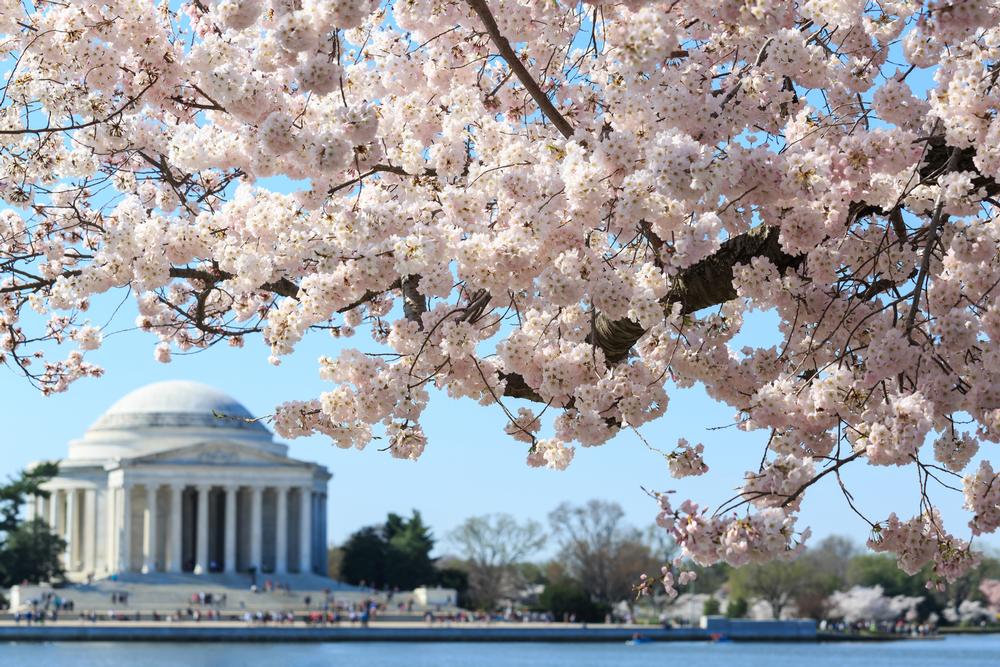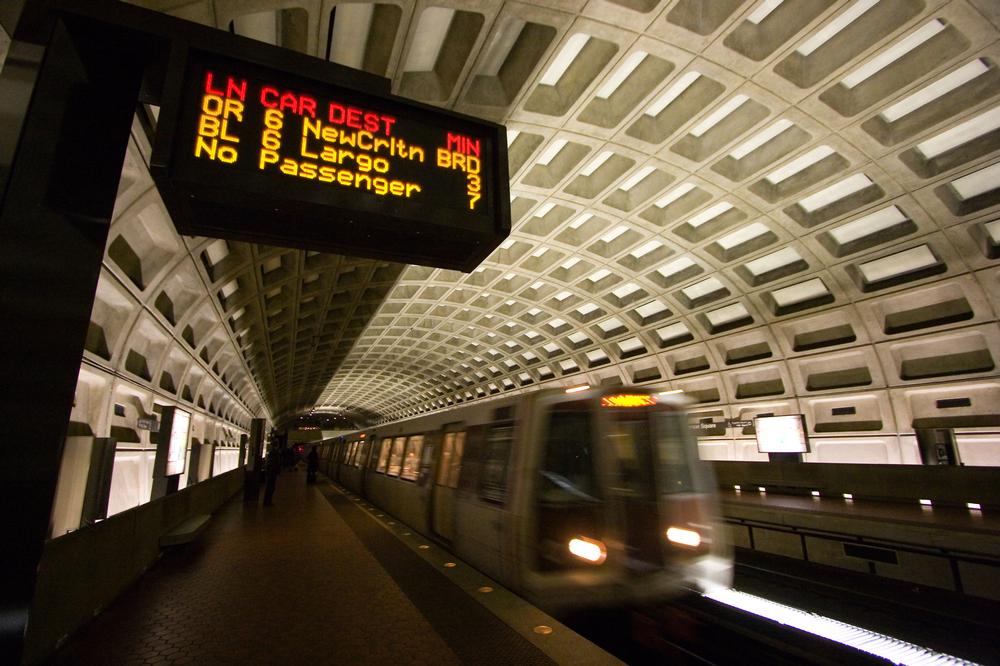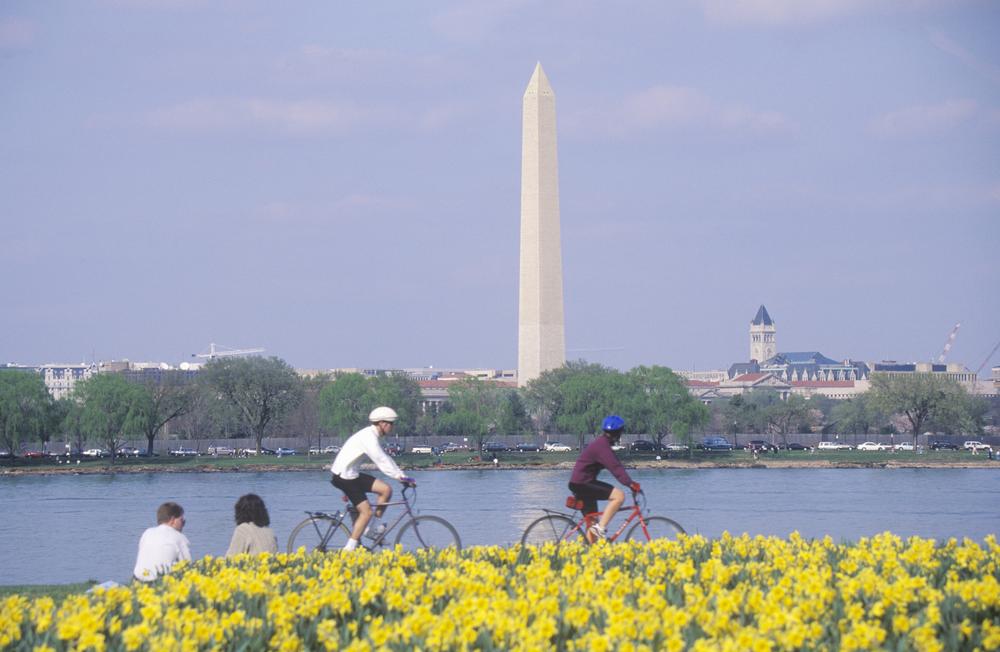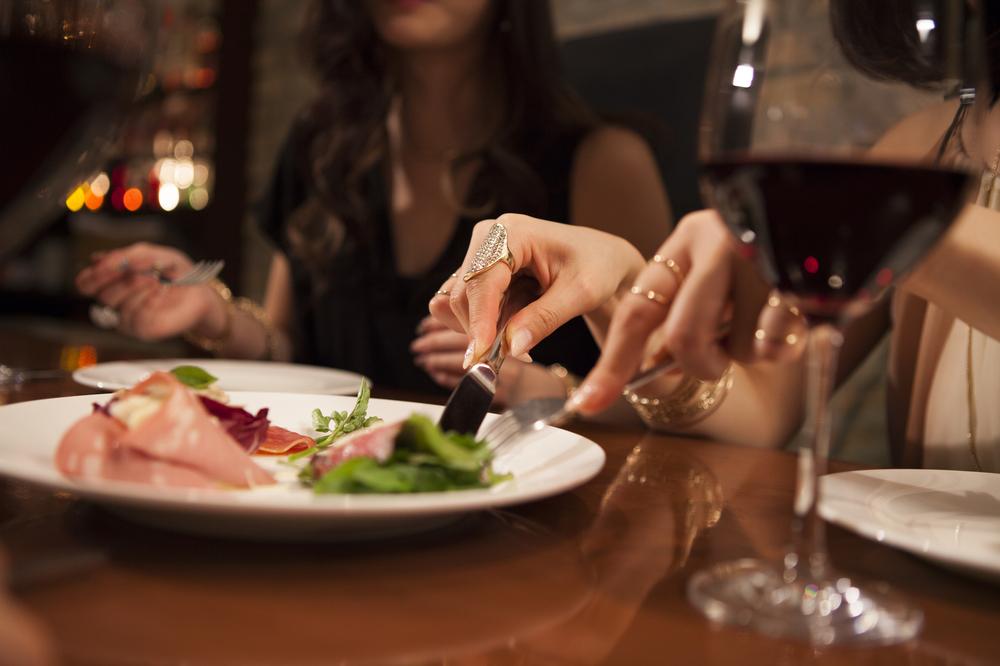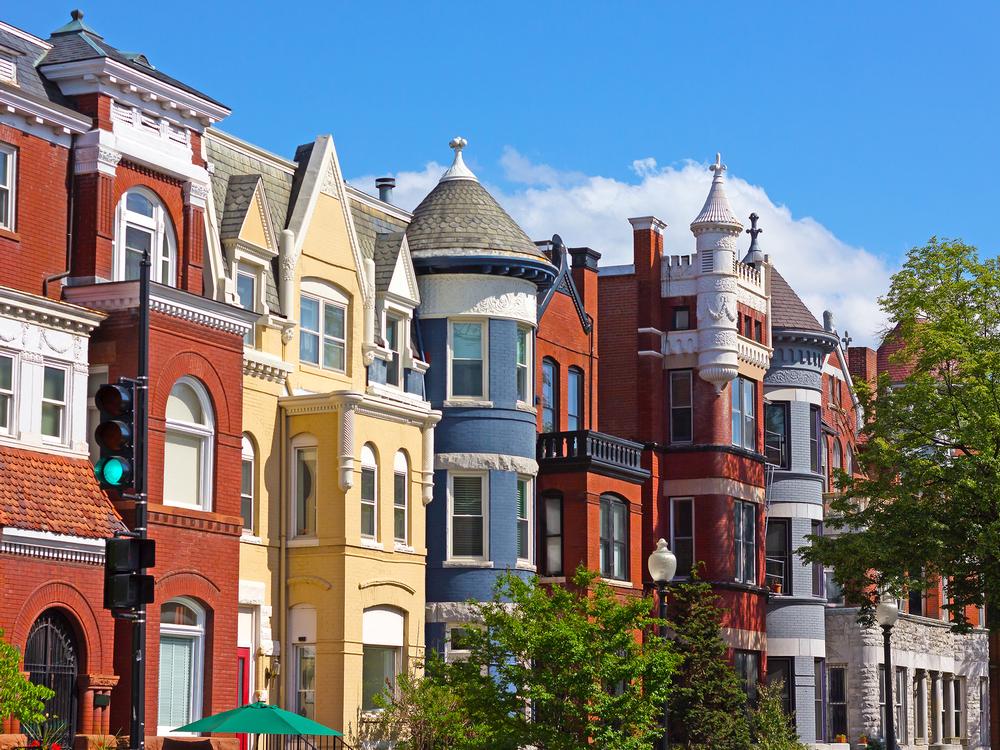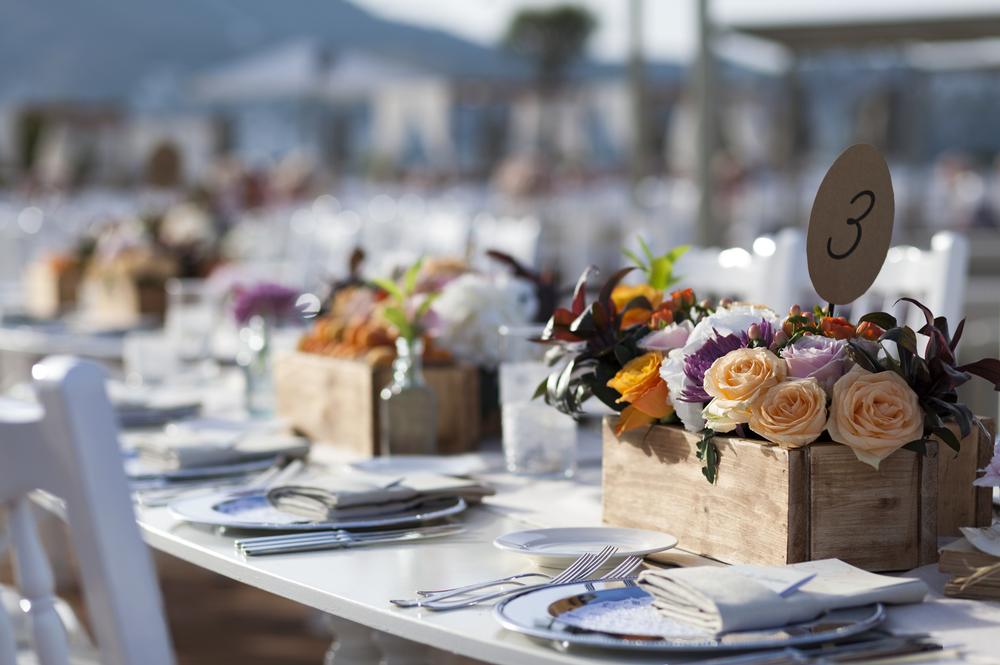- When is the best time to visit Washington, D.C.?
- The best times to visit Washington, D.C. are in the spring (March to May) and fall (September to November), when the weather is pleasant and crowds are smaller.
- When can I see cherry blossoms in Washington, D.C.?
- The best time to see the famous cherry blossoms is between mid-March and June, with peak bloom typically occurring in late March to early April.
- Is summer a good time to visit Washington, D.C.?
- Summer (June to August) is a busy tourist season with many attractions to visit. However, the heat and humidity can be intense, though most buildings are air-conditioned.
- When is the least crowded time to visit Washington, D.C.?
- The least crowded time to visit is between mid-August and mid-September, when Congress is out and children have returned to school.
- What is the best time to visit for fall weather?
- September to November offers comfortable temperatures and fewer tourists, making it a great time to explore the city.
- Is winter a good time to visit Washington, D.C.?
- Winter (December to February) is cold with occasional snowstorms, but it is also the least crowded season, and hotel rates are low.
- When is the best time for public celebrations in Washington, D.C.?
- For spectacular celebrations, visit in July to experience the 4th of July festivities, including fireworks and public events.
Weather by Month:
🖋 How did I do?
Is the article too broad, too narrow, or just right ? Do you like the presentation of photos and text? Let me know in the comments! If you want to see more in this location, I can put it on my editorial calendar. I'm listening!
Plan Your Trip



